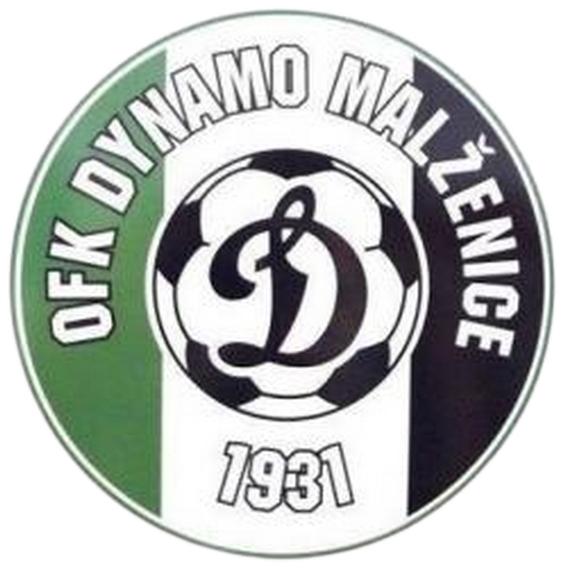
Revealed: Real Madrid Allowed to Spend Twice as Much as Barcelona as Spanish Champions See Salary Limit Cut
Real Madrid Edge Barcelona in La Liga’s Salary Cap Battle
La Liga’s latest financial report has landed with a bang, and once again, it has brought into sharp focus the enormous gulf between Spain’s two footballing superpowers. On one side of the ledger sits Real Madrid, the ever-secure financial powerhouse with a salary limit that has soared to €761 million. On the other side is Barcelona, the reigning Spanish champions, who must somehow plot their title defense and future transfer strategy with a dramatically reduced cap of €351m.
That gap — €409m to be precise — is not just a number on a balance sheet. It represents opportunity, freedom, and power in the transfer market. And at the same time, it highlights constraint, pressure, and the delicate balancing act required of a club drowning in debt. For Madridistas, this feels like vindication of years of careful management. For culés, it feels like another painful reminder of how far their club has fallen financially despite recent on-pitch success.
Madrid’s Spending Power Increases as Barcelona Face Huge Cut

Hansi Flick
The new figures, published just days after the summer transfer window closed, confirm what many observers suspected: Real Madrid have positioned themselves as the financial juggernaut of Spanish football. A spending cap of €761m not only dwarfs Barcelona’s figure but also towers over the rest of the league. Atletico Madrid, for instance, come in at €327m — not far behind Barça now — while Sevilla and the rest of Spain’s top clubs operate on fractions of Madrid’s capacity.
Barcelona’s reduction is particularly alarming. Their cap has been slashed by €112m since February, leaving them with less than half of what Real Madrid can spend. Despite their heroic La Liga triumph last season under Xavi, the cold truth is that financial fair play and the league’s regulations continue to dictate what they can and cannot do in the transfer market.
For context, this cap affects everything: wages, amortized transfer fees, agent commissions, performance bonuses, and even costs associated with youth and reserve teams. It is not simply the wage bill. It is the total footballing cost that a club is allowed to incur over the season.
How La Liga’s Salary Cap Works
Understanding how La Liga’s financial system operates is key to unpacking the implications. The “Squad Cost Limit” is essentially a safety mechanism designed to prevent clubs from overspending. It is calculated by taking projected revenues (TV money, commercial deals, matchday income) and subtracting structural costs (stadium upkeep, staff salaries, debt repayments). The result is the maximum figure that can be allocated to the football side of operations.
For Real Madrid, with their global commercial reach, Champions League windfalls, and relatively modest debt compared to rivals, the calculation results in a number that gives them tremendous room to maneuver. For Barcelona, still weighed down by years of reckless spending under previous administrations and massive loans to keep the club afloat, the outcome is inevitably harsh.
What This Means for the La Liga Title Race

kylian-mbappe
Financial disparity does not always translate directly into results on the pitch, but it does shape the landscape in which clubs operate. Real Madrid, with €761m at their disposal, have flexibility not only to chase marquee signings but also to renew contracts on lucrative terms. When Kylian Mbappé becomes available, or when a superstar requires a blockbuster salary package, Madrid are perfectly placed to strike.
Barcelona, by contrast, must continue to think creatively. Their 2022 summer of “economic levers” — the selling of future TV rights to fund immediate spending — bought them short-term relief but has left long-term scars. Registering players has become a saga in itself, and every signing requires surgical precision with the numbers. Free transfers, loan deals, and youth promotions have become the lifeblood of their market strategy.
Xavi has worked wonders on the pitch with a squad blending veterans like Robert Lewandowski and Ilkay Gündogan with rising stars such as Gavi, Pedri, and Lamine Yamal. But the reality is that every transfer window now begins not with ambition, but with anxiety: what will La Liga allow?
Atletico Madrid Closing In
A subplot that cannot be ignored is Atletico Madrid’s rise in this financial hierarchy. Their salary cap now sits at €327m, just €24m behind Barcelona. That’s astonishing when one considers that not long ago, Barça operated with nearly double Atletico’s spending capacity. Diego Simeone’s side are still underdogs in the title race, but financially, they are closing the gap on the Catalans while Madrid move further out of reach.
This shift alters dynamics. If Barcelona’s belt-tightening continues, Atletico could eventually compete on equal footing in terms of resources. For a league often accused of being a duopoly, the possibility of a more level playing field in the second tier of Spain’s elite is intriguing.
Barcelona’s Future: Constraints and Creativity
For Barcelona, the latest reduction feels like another setback in their long financial crisis. Club president Joan Laporta has tried to project optimism, pointing to La Masia graduates and the appeal of Barça’s brand. But hard numbers tell a harsher story. With €351m to spend across their entire sporting structure, they are severely restricted compared to their rivals.
This means transfer targets must be carefully chosen. The days of splashing €100m on a single player are gone. Instead, the focus is on unearthing value: smart scouting, finding undervalued players, and relying on the academy pipeline. In some ways, this could bring long-term benefits by forcing the club to return to its identity of producing world-class talent in-house. But in the short term, it places enormous strain on Xavi and his staff.
Real Madrid: Stability as a Superpower
Meanwhile, Real Madrid’s financial position allows them to plan with a freedom that Barcelona can only envy. Their debt levels are manageable, their new Santiago Bernabéu is expected to generate vast revenues, and their ability to attract global sponsorship remains unmatched.
The irony is that Madrid’s sporting strategy has also been shrewd. While Barcelona overextended themselves in the Neymar post-sale era, Madrid resisted panic spending. Instead, they waited for the right opportunities: Vinicius Jr, Rodrygo, Eduardo Camavinga, Aurélien Tchouaméni, and of course Jude Bellingham. All arrived at sustainable prices relative to their potential and value. Now, with €761m to spend, Florentino Pérez’s club is positioned to add another Galáctico whenever they see fit.
The Wider La Liga Context
Beyond the giants, the financial picture for the rest of La Liga paints a sobering image. Many clubs operate on caps under €100m, with some scraping by on less than €50m. The disparity between Madrid and the league’s minnows is staggering, and while the salary cap system prevents reckless debt, it also reinforces the dominance of the already powerful.
It raises broader questions about competitiveness. Can a Sevilla or Real Sociedad realistically challenge for the title when Madrid’s spending power is more than ten times theirs? La Liga’s strict financial controls may protect clubs from bankruptcy, but they also risk cementing a hierarchy that is difficult to disrupt.
Conclusion: A Tale of Two Clubs
The latest salary cap update makes one thing abundantly clear: Real Madrid and Barcelona are no longer equals in the financial arena. One is free to operate like a modern footballing empire, capable of securing any player they desire. The other must navigate each window with calculators and spreadsheets, knowing every euro must be justified.
For Real Madrid, the future looks bright, both financially and competitively. For Barcelona, it is a story of resilience under restraint. Xavi’s brilliance and the talent of his young squad can still deliver silverware, but in the long war of resources, Madrid hold all the cards.
The rivalry remains fierce on the pitch. Off it, however, the gulf has never looked wider.












































































































































































































There are no comments yet. Be the first to comment!